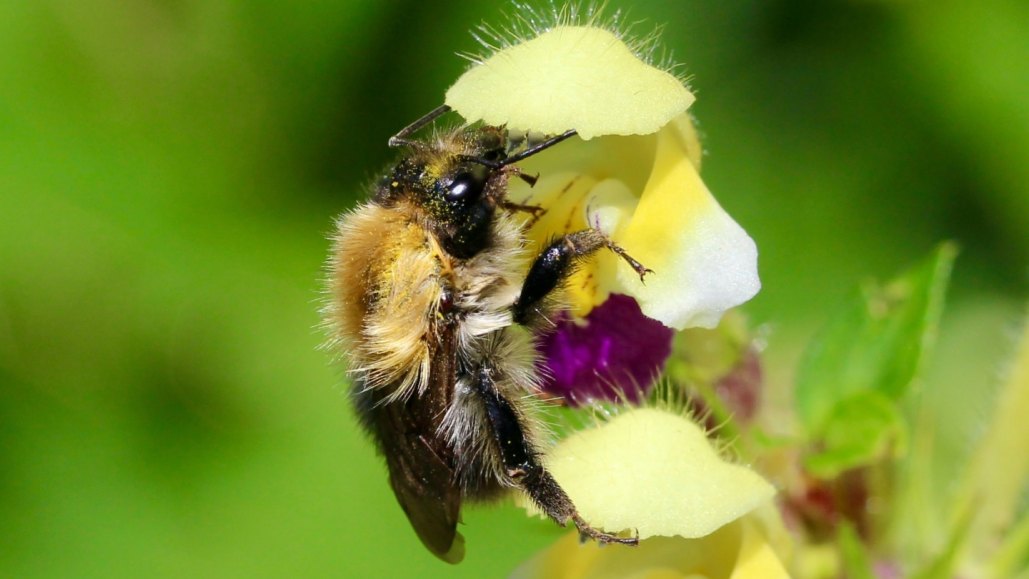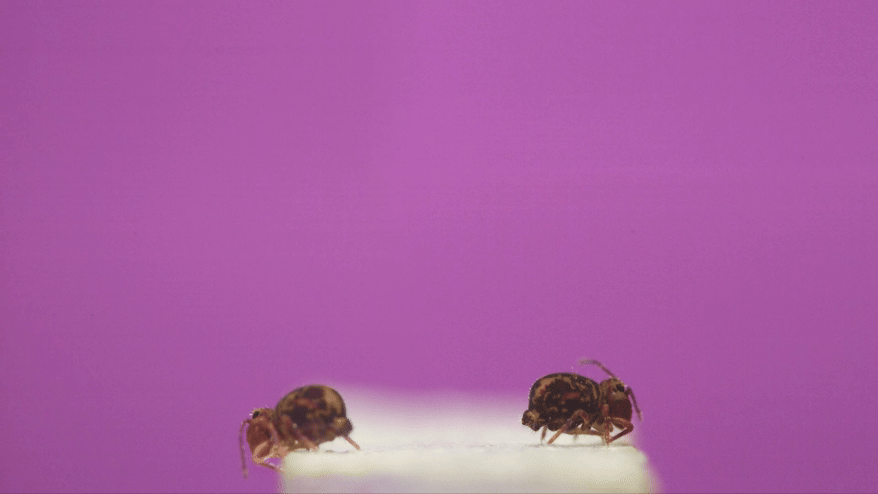
Animals
Bumblebees lose most of their sense of smell after heat waves
A few hours in high temps reduced the ability of antennae to detect flower scents by 80 percent. That could impact the bees’ ability to find food.
Every print subscription comes with full digital access

A few hours in high temps reduced the ability of antennae to detect flower scents by 80 percent. That could impact the bees’ ability to find food.

A missing porbeagle shark was likely killed by a great white. It’s the first known case of adult porbeagles being hunted by a predator, scientists say.

While airborne, globular springtails can reach a spin rate of 368 rotations per second, high-speed camera footage shows.

The fungus thrives on everything from soy pulp to bland custards, turning them into digestible foods with a surprisingly pleasant flavor.

Hairs on the toes of Mexican free-tailed bats fluoresce under UV light, a new study reports. The function of the toe glow is unknown.

A recent expedition to the intersection of two undersea mountain chains has revealed a new seamount and a rich world of deep-sea biodiversity.

Swabs of 30 microwave ovens in different settings identified over 100 bacterial species, some of which could be pathogenic or cause food-borne disease.

Infections from drug-resistant bacteria have skyrocketed over the last 50 years. Now, new technologies could help doctors save lives.

National Geographic’s documentary series ‘OceanXplorers,’ produced by James Cameron, invites you aboard one of the most advanced research vessels in the world.

Combining traditional plant breeding with new genomics tools is allowing scientists to grow plants that are better adapted to a warming climate.
Subscribers, enter your e-mail address for full access to the Science News archives and digital editions.
Not a subscriber?
Become one now.